The Road Goes Ever On…. Let's Make Sure We Do, Too
By Jake Dickman | November 10th, 2025 | Loss Prevention/Safety, Risk Management, Trending
Every time we grab the wheel, we are taking our lives, the lives of our passengers, and those of other drivers into our hands. While the previous statement is true, it's not how we contextualize this phenomenon in our daily lives. We're more likely to wrap it in the trappings of safety and comfort. "I'm just gonna run to the store – I'll be right back" or “I've driven these roads my whole life, I don't need navigation." Whatever our relationship with the road and driving, it's unlikely that we're rating this risk appropriately. Add an atmospheric river, icy roads, unpredictable drivers, and whatever else you can imagine – and you start to see how casually we accept this risk.
As servants of a risk pool that covers a state 13% larger than the entire country of Germany, we have seen some things on our travels.
Take Dave, for example. He was cruising down the freeway one afternoon when the sky opened up, a steady rain at first, then a sheet of water so dense it blurred the horizon. Before he knew it, the car began to drift, the tires slicing through standing water, then fighting against it. The wheel tugged hard to the left, the kind of pull that makes your heart skip before your mind catches up. For a few long seconds, the car decided its own direction, inching toward the concrete barrier.
Dave did what instinct and experience told him: he eased off the accelerator and let time, gravity, and friction do their quiet work. The tires found their grip again, and the world slowed back to normal speed. The takeaway was simple: drive slower.
Ryan and Steve were on a member-visit trip, working their way up Highway 99. Up ahead, a work truck merged into their lane, its load stacked high and strapped together with more hope than tension. The kind of rig you clock instantly and think, maybe I'll pass this one soon.
But before they could, it happened. Out of the back came a four-foot pry bar. Steve heard it first, "Boing-dunnununun." It whipped up from the tailgate, spun through the air, and flashed across the hood and windshield before clattering harmlessly to the shoulder.
There wasn't a second to react. No brake, no swerve, just that electric stillness that follows a near-miss. Then breathing again. Then silence.
They kept driving, but neither forgot it. The takeaway is simple once again: see a loosely packed work truck or erratic driver? Give it space.
Just yesterday, it was my turn to be reminded.
I was driving to a board meeting for one of our districts, tucked in the hills of the Lost Sierras, a region I've been traveling and camping in for over thirty years, a place where I feel many things before I feel lost. I know those roads. I can mostly predict their curves, and on a bluebird day, I'm comfortable with their blind corners.
But yesterday wasn't a bluebird.
Around every turn, a new hazard waited its turn to make itself known. First came the sheets of rain, heavy enough to turn the highway into a gray mirror. Then fog, thick and absolute, closing in as semis roared by in the opposite lane.
Around one bend, a CHP officer stood in his high-vis rain gear, waving me through the aftermath of an overturned car. They'd veered off into a seven-foot embankment of red Northern California clay, which, once wet, doesn't give an inch, and had flipped them. I hope for their speedy recovery.
A few miles later, another driver flagged me down, warning of a downed tree around the next corner. He'd called CHP but couldn't figure out what was taking them so long. When I told him about the wreck behind me, the picture came into focus; the roads weren't playing games.
Sure enough, just past the fallen tree, I rounded the curve to see a propane truck barreling toward the one-lane choke point. I gave a quick "slow down" hand signal through the windshield, and he slowed, just in time to see why I had.
Between the rain, the fog, the debris, and the slick carpet of pine needles and leaves, the conditions left little room for complacency or margin for error. The takeaway was simple: stay alert and prepare ahead.
I'd checked the weather forecast before leaving, which meant I'd built in extra time. Even on roads I knew well, that preparation made the difference between navigating hazards and becoming one.
No matter how many miles we've logged or how well we know the road, driving is a negotiation with risk. The road doesn't care about our confidence, our experience, or our destination. It only asks for our respect—and a little humility. And at the end of the day, when we make it home to kiss our families goodnight, we can be grateful that respect and preparation made the difference.
At GSRMA, we can't control the weather, the roads, or other drivers. But we can control how prepared we are, how seriously we take the risks, and how we support each other in managing them. That's the road we're on together.
